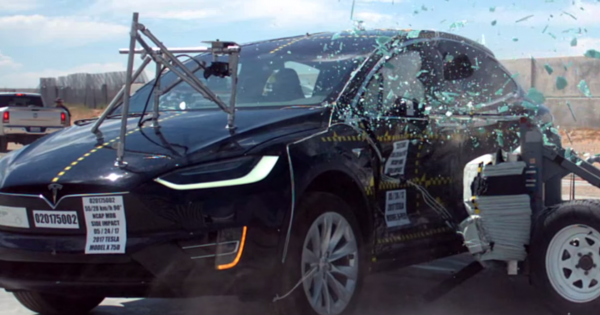By: Jonathan Callaghan/IFL Science NASA is investigating an intriguing new method to power future space missions, which may help humans live on the surface of Mars.
As reported by Irene Klotz over at Space.com, the $15 million project is known as Kilopower. From September of this year until January 2018, they’re going to start testing the system. Nuclear fission is used in nuclear power plants around the world, but getting it to work on a smaller scale is a bit more challenging.
Most of NASA’s deep space missions have relied on plutonium-based radioisotope power systems (RPS). These have allowed spacecraft to explore the outer planets (Cassini, Galileo), and even escape the Solar System entirely (Voyager).
But plutonium-238, the specific isotope used in these missions, is expensive to produce and increasingly scarce. That’s despite NASA recently restarting production of it, having relied upon Russian stockpiles for years.
So NASA has been seeking alternatives. And it appears that small fission power systems (FPS) may be suitable not only for unmanned missions but also as the power systems for future bases or colonies on Mars.
It works by splitting the nucleus of uranium atoms in a reactor. This generates heat, which would be converted into electrical power. In particularly harsh environments, such as the surface of Mars, this could be incredibly useful in generating power.

A possible kilopower assembly on Mars. NASA
NASA is currently getting a test reactor ready, which measures about 1.9 meters (6.5 feet) tall. It’s designed to produce up to a kilowatt of power using fission. Eventual systems may produce up to 40 kilowatts combined, which is the equivalent of about eight houses on Earth.
This will be the first NASA test of a fission reactor for space since the 1960s. That was a program called the Systems for Nuclear Auxiliary Power (SNAP), which ultimately led to the development of RTGs.
If the test is successful, NASA would look into building fully fledged FPSs. Four or five of these could launch on a human mission to Mars, each capable of 10 kilowatts, to supply the necessary power. They would be switched off at launch, and only fired up when the astronauts reach their destination.
“If you want to land anywhere, surface fission power is a key strategy for that,” said Michelle Rucker, from NASA’s Johnson Space Center in Houston, reported Klotz.




